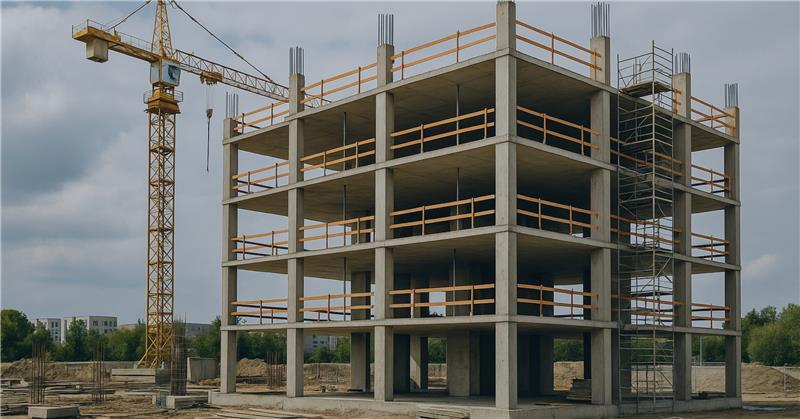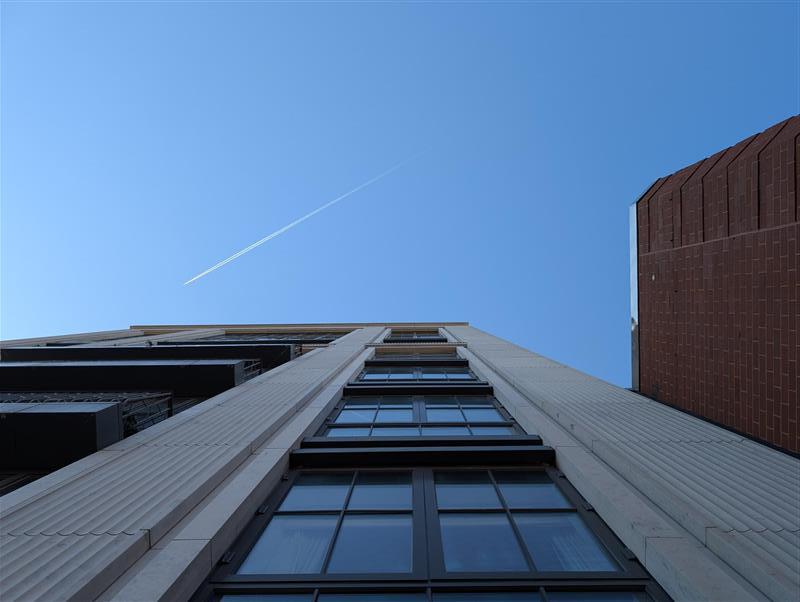Anyone who works in the construction industry knows the constant struggles between regulations and immediate necessity, inspections and construction schedules, planning and daily realities. The New York City Department of Buildings (DOB) sees several common areas where regulations are fudged or ignored. Doing so, however, incurs consequences.
The #1 Offender: Working without a permit.
This is a pretty obvious no-no, but according to the DOB, working without a permit is one of the most common building violations. We get it: With the astronomical cost of New York real estate, every day a project is delayed can translate into thousands of dollars in lost revenue. That’s a lot of incentive to start work as soon as possible. Nevertheless, here’s what happens when an inspector discovers the violation, and why you shouldn’t work without a permit:
- DOB issues a Stop Work Order.
- A fine is levied, typically 14 times the amount of work on the project, multiplied by what percentage of construction has been completed.
- Paying the fine on time does not immediately lift the Stop Work Order. An inspection may be required for the space. Even if an inspection isn’t required, the applicant must provide photographic evidence of the extent of the work, and then submit an OP-109 form to rescind the Stop Work Order. If (and only if!) this is accepted can the Stop Work Order be lifted.
- Ignoring the Stop Work Order results in more fines—and possibly a visit by the authorities. Having police on a construction site is never a good thing.
Offender #2: Post your permits; hold on to your drawings.
We at Milrose work hard to help our clients secure timely permits. Consequently, we encourage you to display them proudly. And not just so we can feel warm, special and validated: it’s required.
Work permits must be posted in a conspicuous, viewable site on the job. While it seems like common sense, this is another extremely common violation.
Similarly, even after paying architects and engineers, many people don’t seem to hold onto their drawings. Approved plans for the work being done must be on site and available for inspection.
Offender #3: A Place of Assembly permit by any other name is… a violation.
Another common DOB rejection occurs when incorrect information appears on Place of Assembly (PA) permit applications. The title of the PA must include the organization, and not the address or description of the PA itself. This oversight can result in a fine and incur additional costs to correct the name.
Offender #4: Blocking egress, a/k/a, “Don’t put things in doorways.”
An easy way—perhaps the simplest on this list—to incur a violation and fine is to place an obstruction in a doorway or path of egress. Leave them free of obstacles. In an emergency, everyone will appreciate your foresight. We promise.
Offender #5: Fire Exit sign illumination, a beacon in smoke-filled rooms.
Okay, okay—it seems a bit nit-picky, but rules exist for a reason. Fire EXIT signs must be illuminated, lest you incur the wrath of the FDNY.
If a room is filled with smoke, those illuminated signs come in handy.
Offender #6: Scaffolding lighting
It seems ubiquitous in New York’s crazy construction world nowadays—the sight of scaffolding-covered sidewalks and street corners in our dear city. Come nighttime, however, these scaffolds can obstruct normal lighting in the area, so they require their own illumination. Even a few missing bulbs can result in a violation.
For additional questions about—or help removing—any of these common violations, please contact Milrose Consultants.






